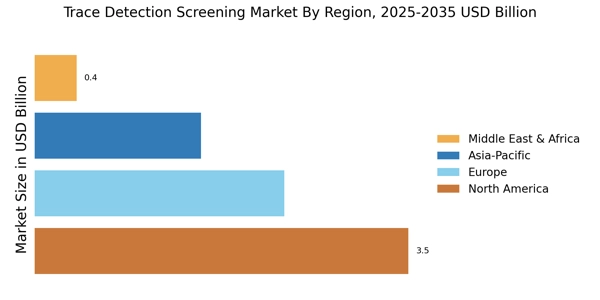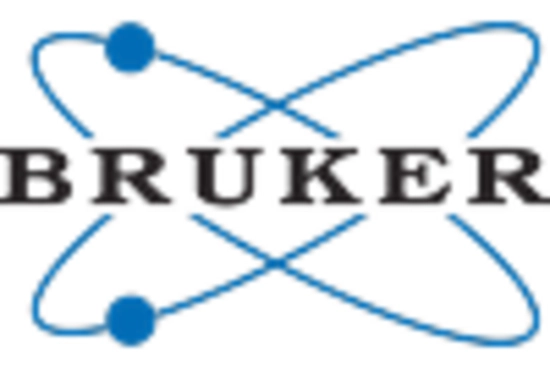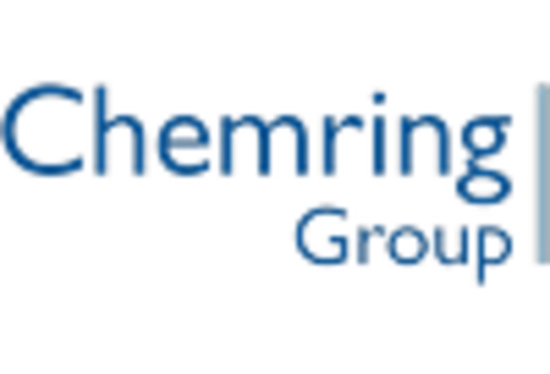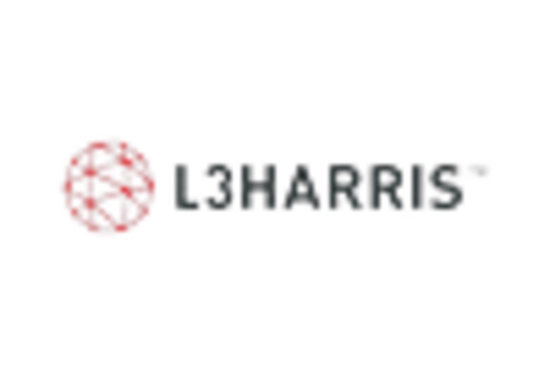The Trace Detection Screening Market is characterized by a dynamic competitive landscape, driven by increasing security concerns and the need for advanced detection technologies across various sectors, including aviation, military, and public safety. Key players such as Smiths Detection (GB), L3Harris Technologies (US), and Thermo Fisher Scientific (US) are at the forefront, each adopting distinct strategies to enhance their market positioning. Smiths Detection (GB) focuses on innovation, particularly in developing next-generation detection systems that integrate artificial intelligence, while L3Harris Technologies (US) emphasizes strategic partnerships to expand its technological capabilities. Thermo Fisher Scientific (US) is leveraging its extensive portfolio to provide comprehensive solutions, thereby enhancing its competitive edge in the market.
The business tactics employed by these companies reflect a concerted effort to optimize operations and adapt to market demands. Localizing manufacturing and optimizing supply chains are prevalent strategies aimed at reducing costs and improving responsiveness to customer needs. The market structure appears moderately fragmented, with several players vying for market share, yet the influence of major companies remains substantial, shaping the competitive dynamics through innovation and strategic collaborations.
In August 2025, Smiths Detection (GB) announced a partnership with a leading AI firm to enhance its detection algorithms, which is expected to significantly improve the accuracy and speed of threat detection. This strategic move not only positions Smiths Detection as a leader in technological advancement but also reflects a broader trend towards integrating AI into security solutions, potentially setting new industry standards.
In September 2025, L3Harris Technologies (US) unveiled a new line of portable trace detection devices designed for rapid deployment in various environments. This launch underscores the company's commitment to innovation and responsiveness to emerging security challenges, suggesting a shift towards more versatile and user-friendly detection solutions that could appeal to a wider range of customers.
In July 2025, Thermo Fisher Scientific (US) expanded its product offerings by acquiring a smaller firm specializing in advanced chemical detection technologies. This acquisition not only broadens Thermo Fisher's capabilities but also enhances its competitive positioning by allowing it to offer more comprehensive solutions to its clients, thereby reinforcing its market presence.
As of October 2025, the competitive trends in the Trace Detection Screening Market are increasingly defined by digitalization, sustainability, and the integration of artificial intelligence. Strategic alliances are becoming more prevalent, as companies recognize the need to collaborate to stay ahead in a rapidly evolving landscape. Looking forward, competitive differentiation is likely to shift from traditional price-based competition to a focus on innovation, technological advancements, and supply chain reliability, indicating a transformative phase for the industry.


















Leave a Comment